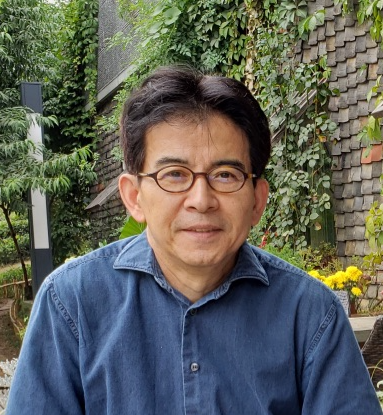 Professor Nam-lin Hur, Department of Asian Studies, University of British Columbia
Professor Nam-lin Hur, Department of Asian Studies, University of British Columbia
Buddhist temples, Shinto shrines, and izakaya, in particular, when they were combined in any given day of fieldwork – it was like going through a series of exciting discoveries and reaching a paradise at the end.
Professor Hur is a three-time recipient of the Japan Foundation fellowship: 1) in 1990-1991, he went to Tsukuba University, Tsukuba, for a year; 2) in 1999, he carried out research at Kanagawa University, Yokohama, for a year; and 3) he had a short-term 2-month fellowsip based out of Hitotsubashi University, Tokyo, in 2004.
1) It was a dissertation fellowship with which I conducted research on “popular Buddhist culture” in the Edo period based on examples found at Sensōji. Opportunities for fieldwork and learning folklore were of great help for my dissertation.
2) I worked on Buddhism and mortuary rituals at Jōminken of Kanagawa which had an excellent collection of relevant research materials. This research led to the publication of my second book.
3) For two months, I worked on a seed project on Japan’s invasion of Korea in 1592-1598 — a subject on which I am currently writing a book based on multiyear research since then.
Thanks to the JF fellowship, I was able to visit Japan for the first time in 1990, to travel around the country, and to deepen my interests in Japanese culture and society, and, most importantly, to meet two great scholars, Professors MIYATA Noboru and TAMAMURO Fumio, who are inseparable from my career development. In addition, the JF fellowships helped me make many friends and meet many research fellows, as well as promote a few collaborative research projects with Japanese scholars.
Not only is he a knowledgeable and well-respected scholar, Professor Hur also sees value in the finer things in life.
Buddhist temples, Shinto shrines, and izakaya, in particular, when they were combined in any given day of fieldwork – it was like going through a series of exciting discoveries and reaching a paradise at the end. Whenever I have opportunities, I visit museums of various kinds which exhibit ceramics related to tea culture that informs me on how material objects and spiritual values have been in communication in Japanese culture.

